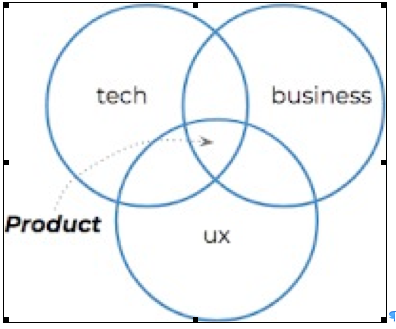Framing UX
Topic of UX
The topic of UX is complex and struggles with definition, scope, and perceived utility. At the same time, everyone wants it, feels it’s important and yet no-one completely owns it. Experience isunique; mine is mine and yours is yours and yet design would get quite complicated withoutsome commonality, a set of norms, rules of thumb or good old-fashioned principles.
UX Approaches
The UX approaches, of the late 90s, early 2000s, was largely based on a linear developmentcycle. where ideas are conceived, requirements are gathered, designs are built, tests areconducted and eventually the e.g., the thing is launched and needs to be operated and maintained.
Growth in Technology
Since the start of the 2000s, consider how the growth in technology has become exponential and reshaped every aspect of our lives. From mobility to metaverse, IOT to Augmented Reality, the world of experience has become rather too complicated and while UX has becomeessential, it inhabits as uncomfortable space, where it’s tricky to define and problematic to own.The UX designer’s role (assuming there is such a role in a company) their work is often confined todesigning a few widgets for the webpage.
Framework and Frames
Frameworks and frames, act as points of reference and an opportunity to simplify. They alsoperhaps help put in context the things that need to be thought about. Given that most things thatget built are produced by companies, one useful way to re-frame is the Product Centric framing, which positions three intersecting circles, describing the cross-cutting concerns of business, technology and UX.

Illustration
Consider the choice of a microprocessor, sitting in the intersection. The technology consideration is relatively clear, encompassing requirements to do with chip fabrication,semi-conductor quality and number of transistors. The business consideration will be largely to do with the bill of materials. Choices may be impacted by inflationary pressures, impacts onsupply chain and any other political dimension, for instance, China’s blockade of ships to Taiwan. The UX, angle will be that the chip will need to both be compatible with the operating systems, theapplications and that they perform at the right speed to deliver the right experience.
At this level of framing, it’s straightforward to appreciate that functional and non-functionalrequirements that need to be satisfied in the building of a ‘thing’. The trillions of things in existence today, whether they be physical hardware devices, component parts of devices, websites, smartphone screens, in car displays, 3D headsets, the UX challenge becomes staggeringly complex.
Key Ideas
- UX is dead, long live UX
- How does a product centric frame for UX help?
- How do you do UX at speed in the era of exponential?